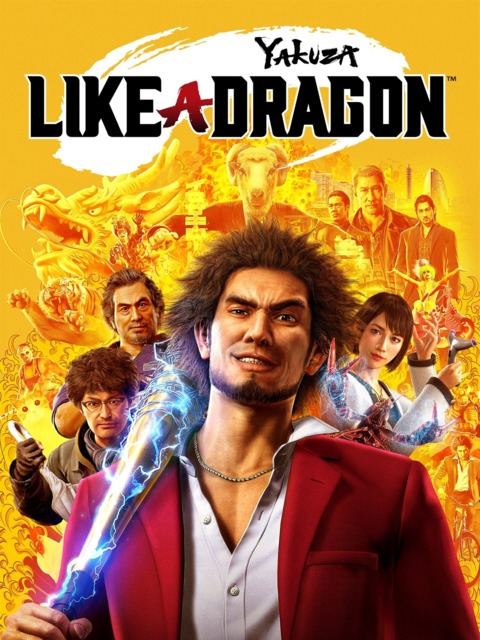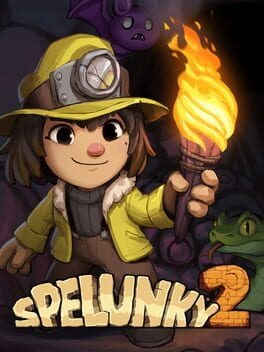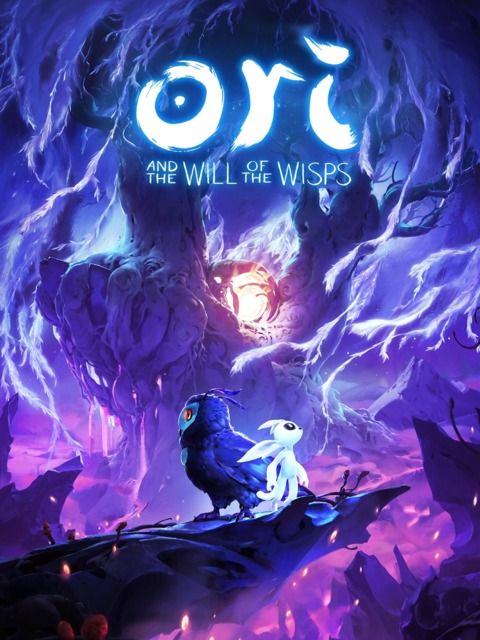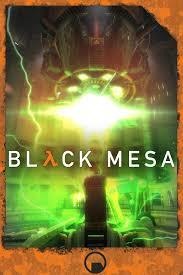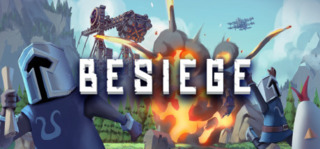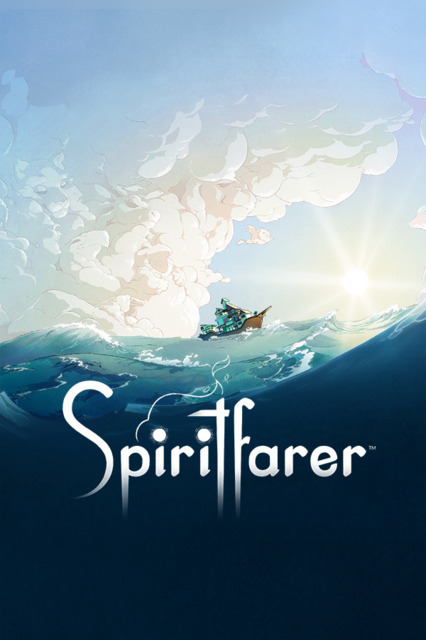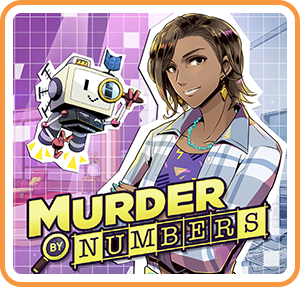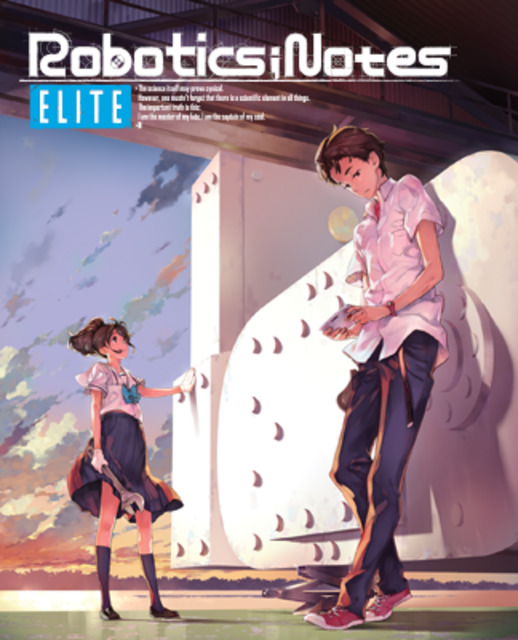Best of 2020
Relevant platforms I have access to:
- Android phone
- Nintendo Switch
- PC
- PlayStation 4 Slim
- Xbox One
Notable pre-released games and add-ons of 2020 I’ve played this year:
- Gears 5’s “Hivebusters”
- Grounded
- Ooblets
Games that didn’t make the cut:
- Minecraft Dungeons - Dungeon crawlers just aren’t my bag, man.
- The Touryst - Quick romp with some real bad camera angles for platforming sections.
- Voxelgram - These are 3D nonograms all right but without the charm behind Picross 3D.
Games I meant to get to but couldn’t:
- Doom Eternal - Leaving in the middle of a playthrough for Dragon Quest XI didn’t help.
- Forza Street - I simply didn’t care enough beyond getting a few easy achievements.
- Gears Tactics - Getting into strategery just hasn’t been on my mind lately.
- Haven - The combat system is too funky to handle.
- Moving Out - I didn’t like how it controlled, at all.
- XCOM: Chimera Squad - In a strategery slump lately, like I said.
“Oversights”:
- (A game only on PS5) - I don’t have a PS5.
- (PS4 games that released in 2020) - I can wait to play them on a PS5 Slim.
- Animal Crossing: New Horizons - Tried out New Leaf and didn’t “get it.”
- Assassin’s Creed Valhalla - I can wait to play it on the next Xbox, whenever that happens.
- Cyberpunk 2077 - Sounds like they should’ve delayed it further.
- Final Fantasy VII Remake - I can wait for the PC version.
- Hades - I have to beat Pyre first.
- Half-Life: Alyx - I don’t have a VR headset.
- Resident Evil 3 - I still have many other Resident Evil games to ponder playing.

